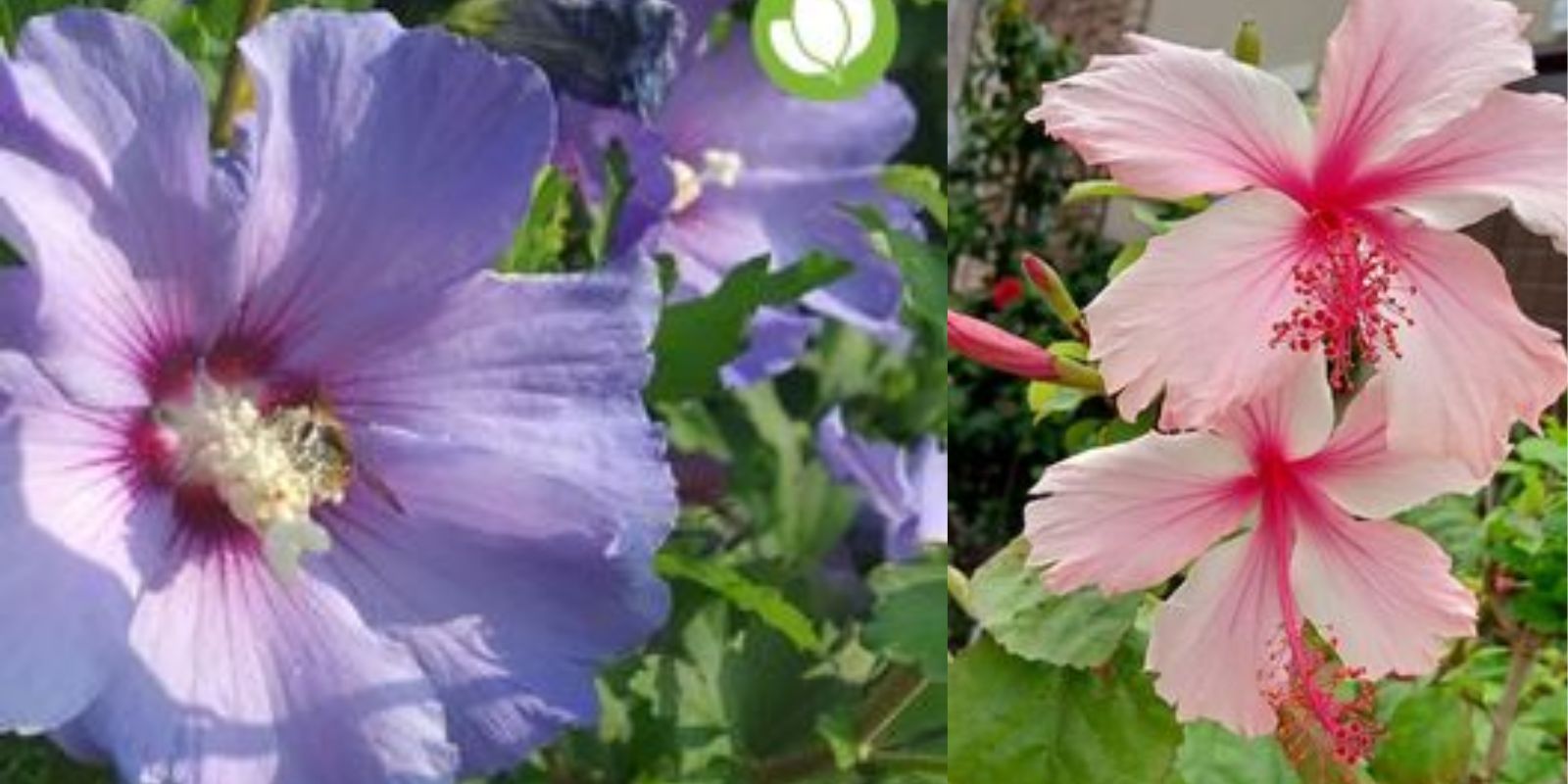Hibiscus (Hibiscus rosa-sinensis) is a tropical plant admired for its large, vibrant flowers and lush, green foliage. Originating from East Asia, this beautiful plant has become a favorite among gardeners and plant enthusiasts worldwide. With its striking blooms in shades of red, pink, yellow, and orange, hibiscus adds a touch of exotic elegance to gardens, patios, and indoor spaces. This article provides a comprehensive guide to growing and caring for hibiscus, ensuring that you can enjoy its stunning beauty year-round.
Introduction to Hibiscus
Hibiscus plants are part of the Malvaceae family and are known for their distinctive five-petal flowers. These blooms can range in size from 4 to 10 inches in diameter, making them a spectacular focal point in any garden. Hibiscus plants can be grown as shrubs, small trees, or potted plants, depending on your space and climate.
Steps to Grow Hibiscus
1. Choose the Right Location
Hibiscus plants thrive in sunny locations. They need at least 6 hours of direct sunlight daily to produce abundant flowers. Choose a spot in your garden that receives ample sunlight, such as a south-facing area. If you’re growing hibiscus indoors, place it near a bright window with plenty of natural light.
2. Prepare the Soil
Hibiscus prefers well-draining, slightly acidic soil with a pH level between 6.0 and 7.0. To ensure your soil meets these conditions, mix in organic matter such as compost or well-rotted manure. This not only improves soil fertility but also enhances drainage, which is crucial for preventing root rot.
3. Planting
When planting hibiscus in the ground, dig a hole twice as wide and as deep as the root ball. This allows the roots to spread out comfortably. For potted hibiscus, choose a container with good drainage holes and fill it with a high-quality potting mix. Space multiple plants about 3-6 feet apart to give them room to grow and flourish.
4. Watering
Consistent moisture is key for healthy hibiscus plants. Water deeply once or twice a week, ensuring the soil remains moist but not waterlogged. During hot and dry periods, you may need to water more frequently. Potted hibiscus plants typically require more frequent watering than those planted in the ground.
5. Fertilizing
Feed your hibiscus monthly during the growing season (spring and summer) with a balanced, slow-release fertilizer. This provides the essential nutrients needed for robust growth and prolific blooming. Avoid high-phosphorus fertilizers, as they can hinder the plant’s ability to absorb other necessary nutrients.
6. Pruning
Pruning hibiscus encourages bushier growth and more flowers. Prune in early spring before new growth begins. Remove any dead, damaged, or crossing branches. Regular pruning also helps maintain the plant’s shape and size, especially if you are growing hibiscus as a potted plant or in a small garden.
7. Pest Control
Hibiscus plants can be susceptible to pests such as aphids, spider mites, and whiteflies. Regularly inspect your plants for signs of infestation, such as discolored leaves or sticky residue. Treat pests promptly with natural insecticides like neem oil or insecticidal soap. Maintaining good air circulation around the plants can also help prevent pest problems.
8. Overwintering
Hibiscus is sensitive to cold temperatures and can be damaged by frost. If you live in a region with cold winters, bring potted hibiscus plants indoors before the first frost. Place them in a sunny spot and reduce watering to prevent root rot. For hibiscus planted in the ground, consider covering them with a frost blanket or mulch to protect the roots during colder months.
Benefits of Growing Hibiscus
Growing hibiscus offers numerous benefits beyond its visual appeal. The plant’s flowers can be used to make hibiscus tea, which is rich in antioxidants and has various health benefits, including lowering blood pressure and improving digestion. Additionally, hibiscus flowers attract pollinators like bees and butterflies, contributing to a healthy garden ecosystem.
Hibiscus Varieties
There are many hibiscus varieties to choose from, each with its unique characteristics. Some popular varieties include:
- ‘President’ Hibiscus: Known for its large, bright red flowers.
- ‘Yellow Wing’ Hibiscus: Features stunning yellow blooms with a red center.
- ‘Peach Blow’ Hibiscus: Produces delicate pink flowers with a ruffled appearance.
- ‘Snow Queen’ Hibiscus: Has variegated leaves and striking white flowers with a red center.
Choosing a variety that suits your climate and aesthetic preferences will enhance your gardening experience.
Hibiscus Care Tips
Here are additional tips to ensure your hibiscus thrives:
- Humidity: Hibiscus plants prefer high humidity levels. If you’re growing hibiscus indoors, increase humidity by placing a tray of water and pebbles near the plant or using a humidifier.
- Temperature: Maintain temperatures between 60-90°F (15-32°C). Protect the plant from sudden temperature changes.
- Mulching: Apply a layer of mulch around the base of the plant to retain soil moisture and regulate temperature.
- Deadheading: Remove spent flowers to encourage continuous blooming and maintain a tidy appearance.
Conclusion
Hibiscus (Hibiscus rosa-sinensis) is a stunning addition to any garden or indoor plant collection. Its vibrant flowers and lush foliage can transform any space into a tropical paradise. By following the proper care guidelines, you can enjoy the beauty and benefits of this remarkable plant year-round. Whether you’re an experienced gardener or a beginner, growing hibiscus offers a fulfilling and visually rewarding experience. Start your hibiscus gardening journey today and bring a burst of color and tropical charm to your home!

